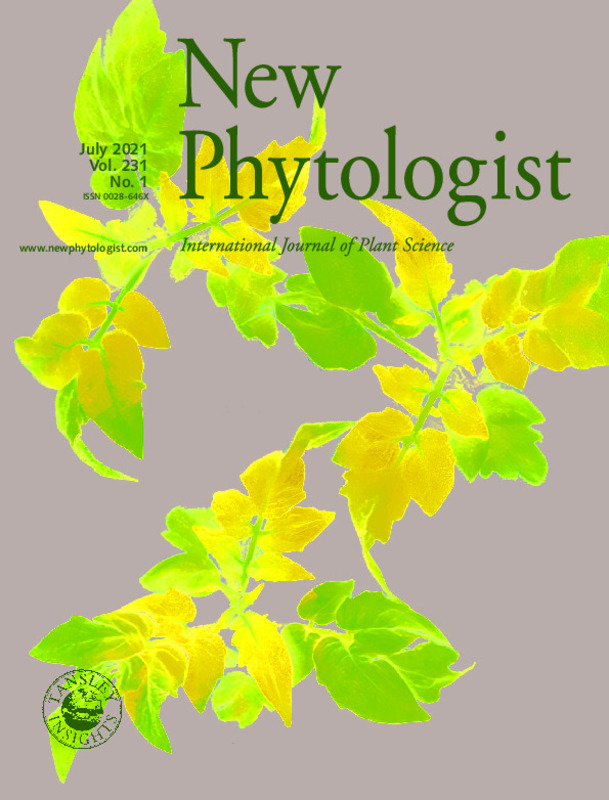JavaScript is disabled for your browser. Some features of this site may not work without it.
Buscar en RiuNet
Listar
Mi cuenta
Estadísticas
Ayuda RiuNet
Admin. UPV
Several geranylgeranyl diphosphate synthase isoforms supply metabolic substrates for carotenoid biosynthesis in tomato
Mostrar el registro completo del ítem
Barja, MV.; Ezquerro, M.; Beretta, S.; Diretto, G.; Florez-Sarasa, I.; Feixes, E.; Fiore, A.... (2021). Several geranylgeranyl diphosphate synthase isoforms supply metabolic substrates for carotenoid biosynthesis in tomato. New Phytologist. 231(1):255-272. https://doi.org/10.1111/nph.17283
Por favor, use este identificador para citar o enlazar este ítem: http://hdl.handle.net/10251/183668
Ficheros en el ítem
Metadatos del ítem
| Título: | Several geranylgeranyl diphosphate synthase isoforms supply metabolic substrates for carotenoid biosynthesis in tomato | |
| Autor: | Barja, M. Victoria Ezquerro, Miguel Beretta, Stefano Diretto, Gianfranco Florez-Sarasa, Igor Feixes, Elisenda Fiore, Alessia Karlova, Rumyana Fernie, Alisdair R. Beekwilder, Jules | |
| Entidad UPV: |
|
|
| Fecha difusión: |
|
|
| Resumen: |
[EN] Geranylgeranyl diphosphate (GGPP) produced by GGPP synthase (GGPPS) serves as a precursor for many plastidial isoprenoids, including carotenoids. Phytoene synthase (PSY) converts GGPP into phytoene, the first committed ...[+]
|
|
| Palabras clave: |
|
|
| Derechos de uso: | Reserva de todos los derechos | |
| Fuente: |
|
|
| DOI: |
|
|
| Editorial: |
|
|
| Versión del editor: | https://doi.org/10.1111/nph.17283 | |
| Código del Proyecto: |
...[+] |
|
| Agradecimientos: |
We greatly thank Juan Antonio Lopez-Raez for providing cDNA samples of nonmycorrhized and mycorrhized tomato roots; Ernesto Llamas for providing the pGWB417_AtPRK construct, and Albert Ferrer and Laura Gutierrez for the ...[+]
|
|
| Tipo: |
|









